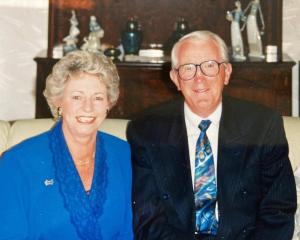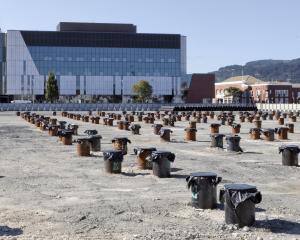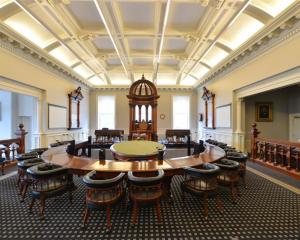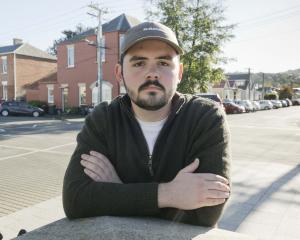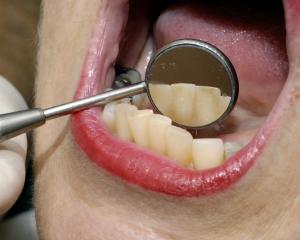
After months of speculation, Health New Zealand Te Whatu Ora (HNZ) yesterday released the breakdown in bed numbers upon opening of the project compared with the original detailed business case.
It included previously flagged cuts to ICU and mental health for older people, and also revealed the number of rehabilitation beds have been cut from 40 to 16.

"I know for a fact that those rehab beds are absolutely crucial because as we grow older, we’re more likely to have events or have strokes.
"If those beds are not there, the people that are required to provide that rehab will not be hired and the service will not be able to be delivered to meet the needs of the people."
In January, Health Minister Simeon Brown announced the new Dunedin hospital would have fewer beds compared with the existing hospital and the previously approved business case.
But he did not provide a detailed breakdown of where the cuts were going to occur.
However, there were two more surgical beds (237) than proposed in the detailed business case, with further capacity for an additional 26 beds.
In total, there will be 371 beds upon opening compared with 420 beds in the business case — although many departments have capacity to expand over time, with the total capacity of 424 beds.

"Health New Zealand now uses a consistent nationwide approach to demand and capacity modelling for hospital and specialty services, moving from 20 different approaches to planning under the former District Health Boards to one approach," the document says.
"Previously this resulted in significant national variation across health facility planning and design including ICU and other bed numbers.
"Applying the new modelling to [the new hospital] has resulted in about the same number of beds but a change in the mix of bed types required, for example decreased ICU beds and increased medical surgical beds."
Ms Daniels said her organisation could not believe the model could change so quickly.
"Over many years, hundreds of clinical staff have been involved in the development of the design [of the new Dunedin hospital].
"Over a very short period of six months, suddenly that model has changed
"There has been no evidence provided to the public, and dare I say, the council, that I know of, that actually justifies those changes."
Clinical Transformation Group chairwoman Dr Sheila Barnett said the design of the hospital had been informed by updated and standardised bed modelling for regional hospitals.
The group had not been informed of the new modelling until HNZ presented them with it late last year.
This was during a period when the government was deliberating over whether to press ahead with a scaled-back version of the hospital at the former Cadbury’s site, or retrofit the existing hospital.
"We are comfortable with the build going forward because all floor area of the hospital will be built," Dr Barnett said.
"We know that, acknowledging the inherent uncertainties with any modelling, the NDH can accommodate both the old modelling and the new.
"At this stage, the areas indicated for fit-out on opening align with the new modelling and align with the budget. As time goes on, including before opening, and the need becomes clearer, more areas can be fitted out.
"This will need additional resource."

"I think if we didn’t have that future fit-out space, then we would be less comfortable."
Former head of the emergency department Dr John Chambers said he was cynical about the approach taken.
"I have never heard of a ‘new national point of care modelling’ process or formula.
"So there ... [seems to be] a bit of randomness and perhaps a heavy reliance on more use of day beds than even the new modelling proposes."
Clinical laboratory scientist Terry Taylor said there was still no mention of a pathology building in the plans.
"Like I have constantly said, this will be the first new hospital in the Western world without an on-site [on-precinct] pathology laboratory intertwined into the hospital infrastructure.
"I guess maybe the minister for health is hoping that AI and digital advances by 2029 will alleviate the need for blood and tissue analysis for patient 24 hours/seven days a week care."

